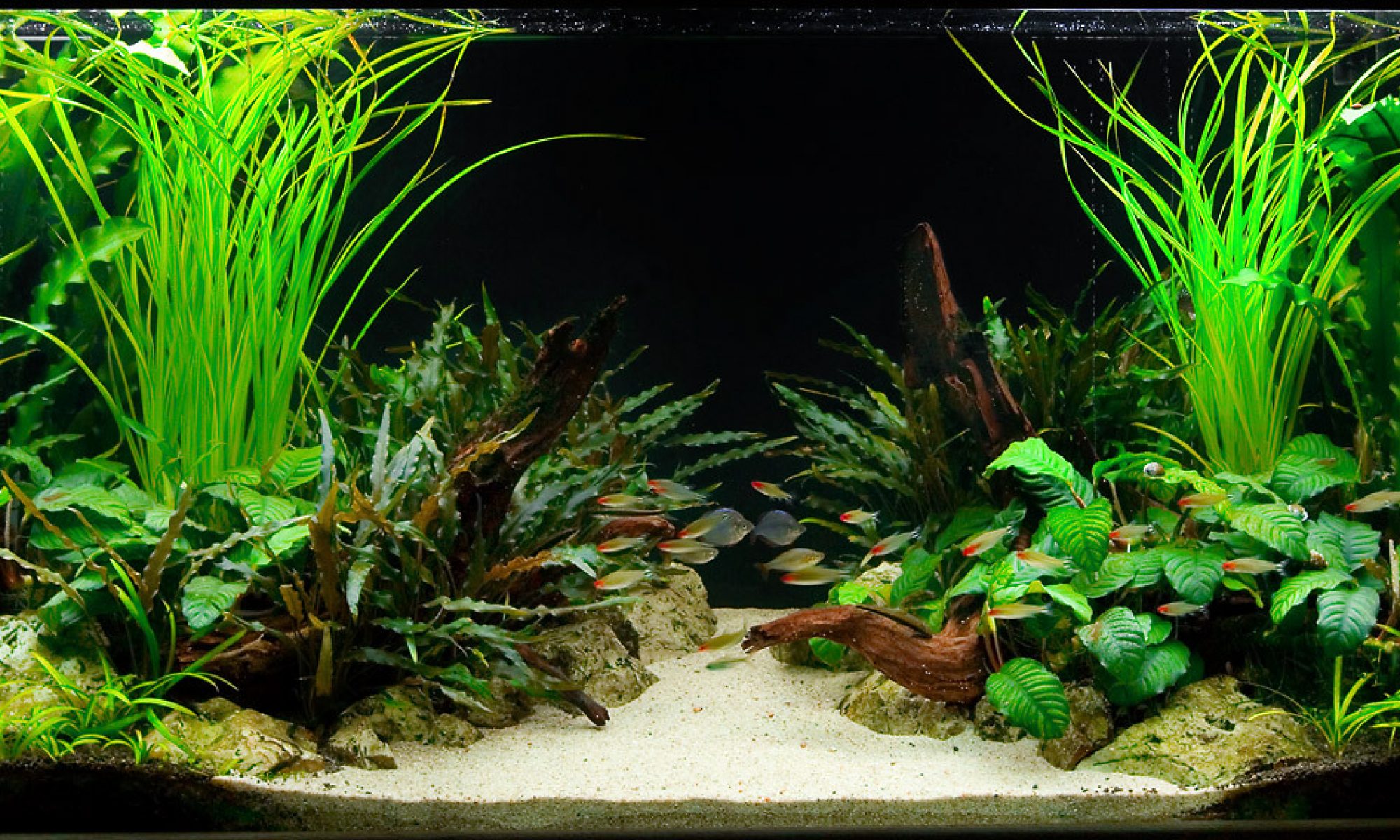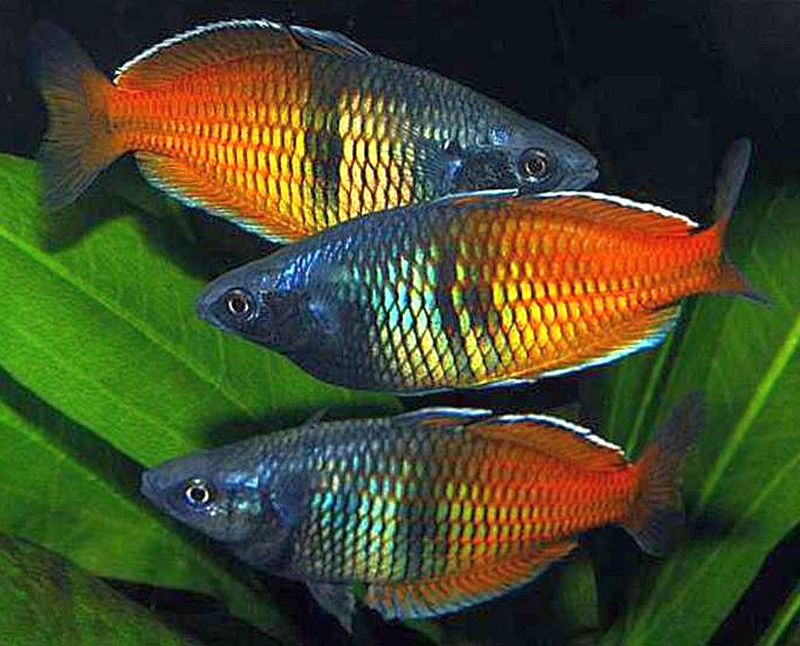Boeseman’s rainbowfish is a species of fish in the Melanotaeniidae family. It is also known as the Boesemani rainbowfish.
Details
| Type | Rainbowfish |
| Family | Melanotaeniidae |
| Species | Melanotaenia boesemani |
| Synonyms | |
| Origins | Known only from the Ajamaru Lakes region in the central Vogelkop Peninsula, Irian Jaya, Indonesia, and from the Aitinjo Lake, which is located approximately 20 km Southeast of the Ajamaru Lakes. |
| Sexual Dimorphism | Males are larger, deeper bodied & more colourful, displaying a mating stripe on the forehead when in breeding dress. |
| Length | 13 cm |
| Shoaling | Yes |
| Temperature | 25 - 30 deg C |
| Water parameters | pH 6.5 - 8.0, dH 1 - 20 |
Care
A large shoal of Boesemani Rainbowfish makes for an outstanding display in a large planted aquarium. With their unusual half-and-half natural colouring of blue and yellow/orange, they really are a sight to behold when observed moving through plant cover. Boesemani Rainbowfish are best maintained in groups of 6 or more of their own kind, and the more you can keep together, the merrier. The tank itself should be at least 4ft long with heavy planting along the back and sides with an open swimming area in the centre. Their natural habitat comprises areas of very dense vegetation, and although they will adapt to most conditions, slightly alkaline water is preferable. Clean well-filtered water should be provided at all times, and tight fitting coverslides must be used as these fish are accomplished jumpers. As with many other Rainbowfish species, the juveniles can look comparatively drab to the absolutely stunning adult fish, and so are all too often overlooked in the shops. However, once settled into the security of the planted aquarium, these young specimens will soon begin to colour up, revealing their true adult beauty. Boesemani Rainbowfish are a peaceful species and will not bother smaller tankmates, as their mouth/throat is too narrow to be able to swallow them. Ensure that potential tankmates are happy at the slightly higher temperatures that this particular Rainbowfish enjoys. Sadly, the Boesemani Rainbowfish is listed as Endangered on the IUCN Red List of threatened species. This is due to fluctuations in water levels/conditions in the natural habitat and over-fishing of the species for the aquatics trade. The vast majority of the specimens offered for sale in the shops these days are captive bred.Feeding
Flake, green flake, micropellets, and small frozen foods such as mosquito larvae and daphnia.Breeding
A separate good-sized breeding aquarium should be set up with 75% mature tank water and 25% of dechlorinated fresh water, along with a substrate of marbles. A small air-driven sponge filter (with a mature sponge) should be added to give gentle circulation and filtration. The temperature should be set at 28 deg C. A conditioned pair should then be acclimatised across to the breeding aquarium, which should be furnished with plenty of fine-leaved plants/Java moss clumps. After a time, the male will swim in front of the female, displaying the mating stripe on his forehead. He will then begin to drive the female over the plants, utilising the whole length of the tank. The eggs will be scattered over the plants a few at a time. These fish are known as 'continual spawners' which means that the spawning activity takes place over several days/weeks, even months in some cases. This can present problems to the aquarist in that some adult fish may begin to consume the eggs as they are scattered. Many fish keepers have found the eggs to be remarkably tough and have had great success in siphoning them out into another aquarium (containing matching water from the spawning tank) or else using spawning mops, which, when having caught a number of the eggs, can be moved to a separate tank (again with matching water) and replaced with a new mop, as and when each series of eggs are deposited. The eggs will usually hatch in 6-8 days (dependent on temperature) and once free-swimming, the tiny fry can be offered infusoria, moving onto larger foodstuffs as they develop.

